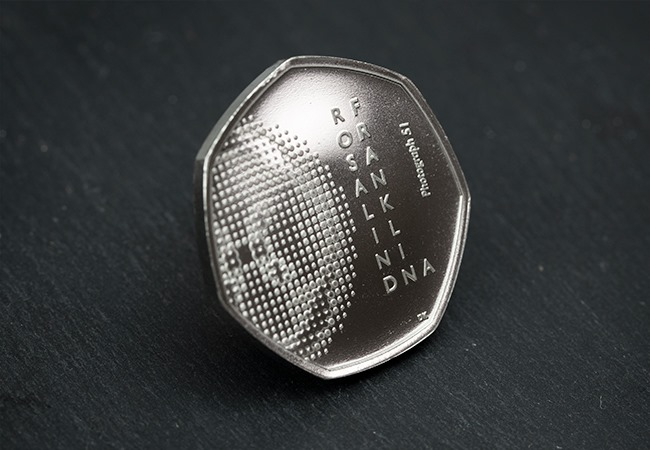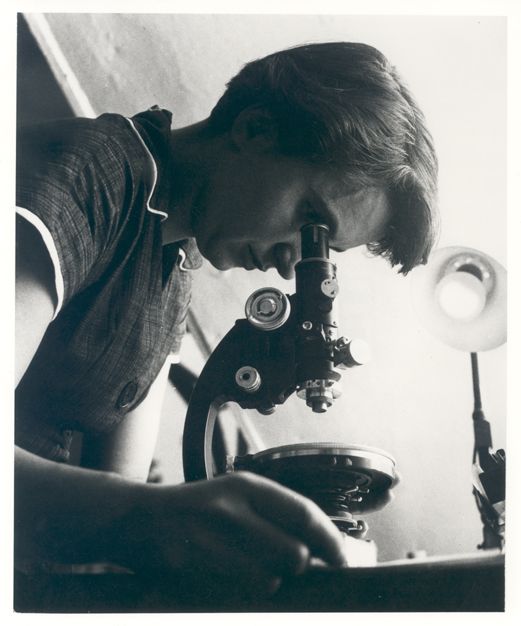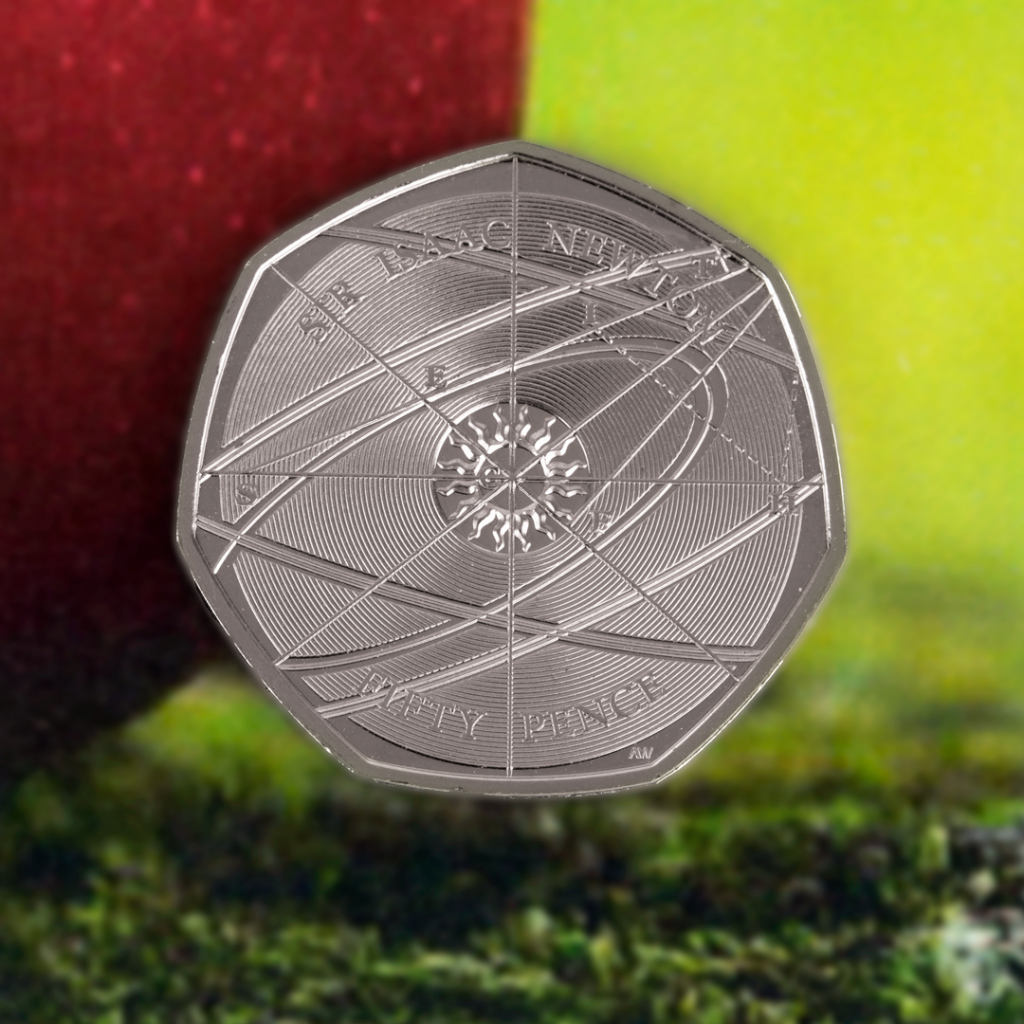Coin Info
New 2020 £5 coin releases – what to expect from this year’s coins!
Here at Change Checker we’ve been keeping an eye on the latest Royal Proclamations and excitingly for collectors there’s not just one, but FOUR brand new £5 coins on the horizon!
I’m sure you’ll be just as excited as I am to hear which £5 coin themes have been announced, as there really are some fantastic coins due to be released in 2020!

British Red Cross £5
The Royal Proclamation issued on 22nd May 2020, confirms that a British Red Cross £5 coin will be issued this year.
We can assume this coin will be issued in celebration of the British Red Cross’ 150th birthday, as it’s establishment date ‘1870’ is said to feature as in inscription on the coin.
Whilst the actual design remains top secret, The Royal Proclamation hints the coin will feature “a cross set against a background of the British Isles and a series of lines symbolising the globe.”
The official motto of the British Red Cross, “The Power of Kindness” will also feature.
If you’d like to find out more, you can fill in our sign-up form below to stay up-to-date with all the latest news about this release.
The End of the Second World War £5
Earlier this year we saw the release of the incredibly popular Victory in Europe Day £2 coin but it looks like 75th anniversary celebrations will be continuing with the release of a brand new End of Second World War £5 coin.
The coin is said to feature the words ‘War‘ and ‘Peace‘ accompanied by the inscription ‘The End of the Second World War.’
If the popularity of the 2020 Victory in Europe £2 is anything to go by, we can expect this £5 to be a real hit with collectors.
If you’d like to find out more, you can fill in our sign-up form below to stay up-to-date with all the latest news about this release.
Remembrance £5
Every year, to commemorate Remembrance Day and the end of the First World War, The Royal Mint issues a brand new £5 coin. As of the Royal Proclamation on 24th June, it has been confirmed that a new 2020 Remembrance Day £5 coin will be issued later this year.
Although the final design hasn’t been revealed yet, the reverse is said to feature the silhouette of a First World War soldier formed by poppies accompanied by the inscription, “Lest We Forget 11 November 2020”.
These coins prove popular every year, so if you’d like to find out more, you can fill in our sign-up form below to stay up-to-date with all the latest news about this release.
2021 Lunar Year of the Ox
In 2020 (and for the first-time-ever!) The Royal Mint issued a Lunar Year of the Rat £5 coin as part of their Shēngxiào Collection in Brilliant Uncirculated Quality.
And it seems this series will be continuing as brand new 2021 Lunar Year of the Ox £5 will be issued in Brilliant Uncirculated quality.
Whilst the actual design remains a mystery, the coin is said to feature the inscription “2021 YEAR OF THE OX” and the Chinese lunar symbol for an Ox.
Last year’s coin proved incredibly popular with collectors, so if you don’t want to miss out on this new release, you can sign-up for updates below.
Never miss out on a UK £5 coin release!
This is your opportunity to get ahead of the crowd and secure every future new UK £5 issue at the initial release price of just £10.99 (+p&p).
If you want to own the latest £5 coin releases, delivered straight to your doorstep, without any of the hassle of ordering the coin yourself Click here!
Rosalind Franklin becomes the first female scientist celebrated on a UK coin!
In the year that would have marked her 100th birthday, The Royal Mint released a 50p celebrating the life and crucial work of Rosalind Franklin.

2020 UK Rosalind Franklin 50p
The striking design was created by David Knapton in collaboration with King’s College, London, and features a depiction of Rosalind Franklin’s X-ray, ‘Photograph 51’, which revealed the helical structure of DNA in her laboratory at King’s College, London in 1952.
Franklin’s name appears written vertically to the right, and cleverly, the abbreviation ‘DNA’ is written horizontally, tying in to the last two letters of her name.

This really is a coin full of numismatic firsts, as this was the first time that Franklin’s DNA story had featured on a UK coin, and it was also the very first time a female scientist had featured on a UK coin!
The Story Behind The Scientist
In 1869, Swiss chemist Friedrich Miescher isolated DNA from white blood cells and named it “nuclein”. The term “nuclein” was later changed to “nucleic acid” and then to “deoxyribonucleic acid”, what we now know as DNA.
83 years later, one of Britain’s greatest scientists, Rosalind Franklin made a crucial finding to the discovery of the double-helix structure of DNA, yet her contribution was little known.

Image credit: MRC Laboratory of Molecular Biology, CC BY-SA 4.0, via Wikimedia Commons.
Applying X-ray diffraction methods to the study of DNA enabled Franklin to discover the helical conformation of the molecule, in a photograph called, ‘Photograph 51’. This work laid the foundations for James Watson and Francis Crick to later establish that the structure of DNA was in fact a double-helix polymer (a spiral consisting of two DNA strands).

Image Credit: King’s College London Archives
Tragically, at the age of just 37, Franklin passed away from ovarian cancer, robbing her of the same awards and recognitions that her colleagues were gifted.
To mark what would have been a very special birthday, this 50p was issued to restore Franklin’s rightful legacy, and celebrates her significant role in the discovery of DNA.
The final discovery
In a Cambridge University laboratory in 1953, just 1 year after Franklin’s discovery, Francis Crick and James Watson found a twisted strand of deoxyribonucleic acid, intertwined in such a way that they could pull apart, replicate themselves, and pass their genetic code from old cells to new.
In 2003, to mark the 50th anniversary of Watson and Crick‘s discovery of the double-helix structure of DNA, The Royal Mint issued the DNA Double Helix £2.

As mentioned above, had Rosalind Franklin not discovered the helical conformation of DNA, Watson and Crick may never have established it’s double-helix structure!
The coin’s design, by John Mills, pays tribute to the ‘double-helix’ structure, with it spiralling across the coin and strands of chromosomes with the letter notations for the four main components of DNA. This coin has a circulating mintage of 4,299,000 and ranks as ‘less common’ on our Scarcity Index.
Other science themed UK coins
2019 Stephen Hawking 50p

In 2019, less than a year since his death, The Royal Mint released the Stephen Hawking 50p, honouring his works as one of the most influential physicists of the modern age.
He became the very first person to be celebrated in The Royal Mint’s Innovation in Science series and only the third person to be commemorated on a coin within a year of their death (the others being Winston Churchill and the Queen Mother!)
The reverse of the coin, designed by Edwina Ellis, features a stylised black hole and the inscription ‘Stephen Hawking’ . It also shows the Bekenstein-Hawking formula, which describes the thermodynamic entropy of a black hole!
2017 Isaac Newton 50p

Sir Isaac Newton is widely recognised as one of the most influential scientists of all time and a key figure in the scientific revolution. He changed our understanding of mathematics and physics, redefined the way we see the world and shaped the security of our currency in his role as Master of the Mint.
Designed by Aaron West, this 50p coin was issued to commemorate the achievements of Sir Isaac Newton and it remembers the legacy he left. It has a circulating mintage of just 1,801,500.
2009 Darwin £2

In 2009, The Royal Mint celebrated 200 years since Charles Darwin’s birth and 150 years since the publication of ‘On the Origin of Species’ by issuing this £2 coin. It has a circulating mintage of 3,903,000.
Darwin has been described as one of the most influential figures in human history and was known as the ‘father of evolution’. At the time of publication in 1859, his book was extremely controversial as it made it seem possible that humans evolved from apes, which contradicted the widely held Orthodox Church theory of creation!
2001 Wireless Transmission £2

In 1901, Guglielmo Marconi, an Italian physicist, succeeded in sending the first radio transmission across the Atlantic Ocean, disproving theories that the curvature of the earth would limit the transmission to 200 miles or less.
The message – simply containing the Morse code signal for the letter ‘s’ – travelled more than 2,000 miles from Poldhu in Cornwall to Newfoundland in Canada and won him worldwide fame and a Nobel Prize in physics in 1909.
In 2001, to celebrate the 100th anniversary of the first wireless transmission, The Royal Mint issued this £2 coin. It entered circulation and has a mintage of 4,558,000.
Do you have a favourite science themed UK coin? Let us know in the comments!

Download the Change Checker Web App for FREE to find, collect and swap your coins >>
Your guide to the Pre-1997 £2 Coins
In 1986, a brand new UK denomination was introduced in the form of a £2 coin.
These original £2 coins were never commonly found in circulation, as they were mainly struck for collectors. This made them much rarer than their successor, the bi-metallic £2 coin, as their mintage figures were much lower.
The pre-1997 £2 coins are still legal tender but they’re not used in circulation and banks/shops can refuse to accept them. Despite this, they still remain incredibly popular amongst collectors!
So, in this blog, we’ve put together a guide to the pre-1997 £2 coins, including everything you need to know about these collectable commemoratives.
What are old specification £2 coins?
The £2 coin has changed in its appearance since it’s first introduction in 1986…
The familiar, fully circulating bi-metallic £2 coin, was only introduced in 1998 and we’ve seen already seen over 50 different designs in total!
But prior to this, single-coloured, nickel-brass £2 coins were issued, purely to mark special occasions.
Between 1986 and 1996, there were seven different designs of the single-coloured £2 coins.

Spot the difference…
| Pre-1997 (old specification) | 1997 onwards (new specification) | |
| Weight | 15.976g | 12g |
| Diameter | 28.4mm | 28.4mm |
| Metal | Nickel-brass | Outer Nickel-Brass Inner Cupro-Nickel |
| Obverse Effigy | 1969-1985 – 2nd Portrait, Arnold Machin 1985-1997 – 3rd Portrait, Raphael Maklouf | 1997-2015 – 4th Portrait, Ian Rank-Broadley 2015-onwards – 5th Portrait, Jody Clark |
As you can see, although the diameter of the £2 coin stayed the same, the weight was significantly heavier in the pre-1997 £2 coins!
The metal composition also changed so that the new bi-metallic coin could be distinguishable from the other coins in circulation.
So, how many of these coins were issued? Let’s take a look at our Pre-1997 £2 Mintage Chart and see..

You might have spotted the top coin in our chart has a mintage of JUST 381,400! Let’s take a look at each of these coins in closer detail to get the full story…
1986 Commonwealth Games
Fact file:
- Year of issue: 1986
- Obverse designer: Arnold Machin
- Reverse designer: Norman Sillman
- Mintage: 8,212,184

The 1986 Commonwealth Games £2 coin changed the face of UK commemorative coins, being the first of its denomination to be struck and the first British coin being issued to commemorate a sporting event.
The thirteenth Commonwealth Games were held in Edinburgh in 1986, and are well remembered for being boycotted by 32 of the 59 eligible countries who did not agree with Britain’s sporting connections to South Africa during the Apartheid era.
The reverse design features a thistle encircled by a laurel wreath over the cross of St Andrew.
1996 Football
Fact file:
- Year of issue: 1996
- Obverse designer: Raphael Maklouf
- Reverse designer: John Mills
- Mintage: 5,141,350

In 1996, England hosted the 10th European football championship and a commemorative £2 coin was struck in celebration of football.
The reverse design resembles a football, and is accentuated by the unusual concave surface of the coin. The year of 1996 is prominent on the design and the sixteen small rings represent the sixteen teams competing in the tournament.
The eventual winners of the competition were Germany who knocked out hosts England in the semi-finals.
1995 Peace
Fact file:
- Year of issue: 1995
- Obverse designer: Raphael Maklouf
- Reverse designer: John Mills
- Mintage: 4,394,566

This commemorative £2 was issued in 1995 to mark 50 years since the end of World War II.
Victory in Europe Day, or VE Day, is the 8th May 1945 when armed forces formally accepted the surrender of Nazi Germany. Upon the news, jubilant crowds sang and danced in the streets of London, New York, Paris and Moscow.
The reverse design by John Mills features a dove as “a symbol of aspiring peace; a calm, bountiful and optimistic image”.
1989 Bill of Right
Fact file:
- Year of issue: 1989
- Obverse designer: Raphael Maklouf
- Reverse designer: John Lobban
- Mintage: 4,392,825

In 1689, Prince William and Mary accepted the Declaration of Rights prior to being offered the throne. This effectively shifted the balance of power from the Crown to Parliament and changed the course of British political history.
This £2 coin was issued in 1989 to commemorate the 300th anniversary of this landmark Act. There were 2 versions of the coin issued – English and Scottish.
This coin is the English reverse design , which features the Crown of St. Edward and the inscription ‘Tercentenary of the Bill of Rights’
1995 United Nations
Fact file:
- Year of issue: 1995
- Obverse designer: Raphael Maklouf
- Reverse designer: Michael Rizzello
- Mintage: 1,668,575

The United Nations was established in the aftermath of World War II with the aim of maintaining world peace and to work for social progress.
Since its creation in 1945, the UN has sought to resolve potential conflicts peacefully and fight against poverty, hunger and disease across the world.
This commemorative £2 coin issued in 1995 marks 50 years since the inception of the UN, and features flags of nations accompanying the 50th anniversary symbol.
1994 Bank of England
Fact file:
- Year of issue: 1994
- Obverse designer: Raphael Maklouf
- Reverse designer: Leslie Durbin
- Mintage: 1,668,575

When William and Mary came to the throne, public finances were weak and the system of money and credit were in disarray.
The Bank of England was founded in 1694 to act as the Government’s banker and debt manager, and its position as the centre of the UK’s financial system is maintained to this day.
This commemorative £2 was issued in 1994 to mark its 300th anniversary. The reverse design features the original Corporate Seal of the Bank of England and distinctive Cypher of William and Mary.
1989 Claim of Right
Fact file:
- Year of issue: 1989
- Obverse designer: Raphael Maklouf
- Reverse designer: John Lobban
- Mintage: 381,400

This is the second coin to be issued in 1989 to commemorate the 300th anniversary of Prince William and Mary accepting the Declaration of Rights.
This Scottish reverse design features the Crown of Scotland and the inscription ‘Tercentenary of the Claim of Right’.
The mintage for this £2 however, is much lower. With just 381,400 issued, this technically makes it the rarest £2 coin ever! In comparison, the UK’s current rarest circulating £2 coin, the 2002 Commonwealth Games – Ireland, has a mintage of 485,500!
So hopefully our guide to the Pre-1997 £2 coins will help you along the way to expanding your collection!
What’s most exciting about all seven of these coins is that despite still being legal tender, they’re not used in circulation anymore and banks/shops can refuse to accept them. This makes these coins particularly sought-after by collectors!
Do you have any of these coins in your collection already? Let us know in the comments below!


